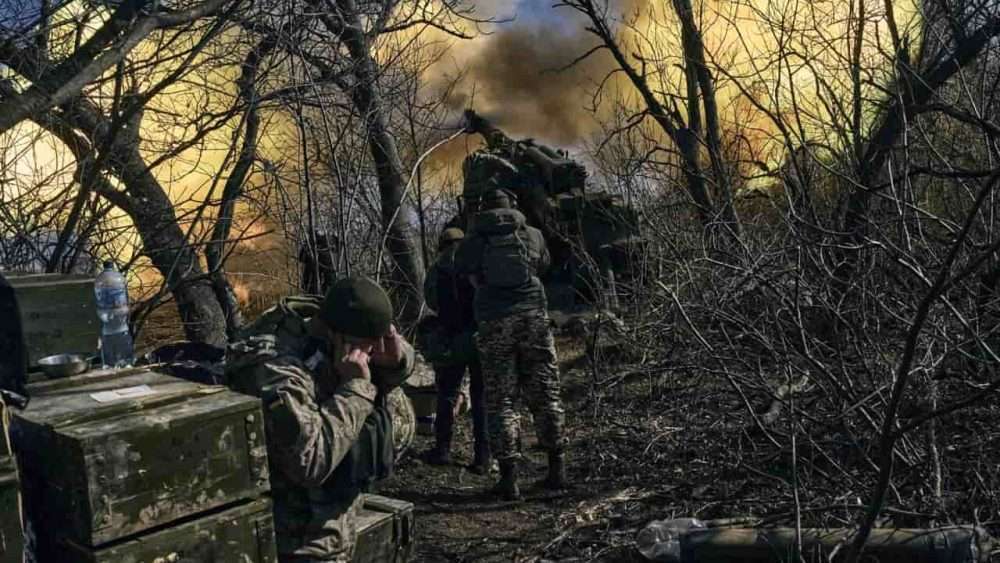The Khmelnytsky nuclear power plant in western Ukraine was likely the target of a Russian drone strike, according to President Volodymyr Zelensky. Though the attack resulted in minor damages, concerns about the safety of nuclear facilities amidst the conflict continue to grow.
 by Janice McAllister
by Janice McAllister
President Volodymyr Zelensky of Ukraine has reported that a drone attack, orchestrated by Russia and employing Iranian-designed Shahed drones, targeted the Khmelnytsky nuclear power plant located in western Ukraine. The incident, which took place early Wednesday, resulted in injuries to 20 individuals and minor structural damage, notably shattered windows.
Despite the disturbance, the International Atomic Energy Agency (IAEA) confirmed that the plant continued its operations undeterred. IAEA Director General Rafael Grossi, while acknowledging the incident, emphasized the underlying threat to nuclear security emanating from the ongoing conflict, stating, “Powerful explosions rocked the vicinity of Ukraine’s Khmelnytsky Nuclear Power Plant.”
The facility comprises two reactors, with one being currently active and the other undergoing a planned outage since the previous August.
Given Russia’s initial invasion of Ukraine in February 2022, concerns about potential disruptions or damages to nuclear power plants have been persistent. The Zaporizhzhia nuclear plant in eastern Ukraine has been under Russian control since March 2022. Ukrainian authorities have leveled accusations against Russia, alleging artillery attacks on the facility and raising alarms about potential radiation leaks. This aggressive stance has been termed by Kyiv as “nuclear terror”. Fortunately, no significant mishap has transpired since the comprehensive invasion.
Highlighting the recent drone strike in the Khmelnytsky region, President Zelensky underscored the necessity for enhanced air defense mechanisms, urging international allies to step in. He further commented on the origin of components used in Russian drones and missiles, indicating that some parts hail from Western nations. The Khmelnytsky incident, he stated, serves as a stark reminder of the perils of allowing Russia to evade international sanctions.
In a related development, German Chancellor Olaf Scholz pledged an aid package worth €1.4bn ($1.5bn; £1.2bn) for Ukraine. The assistance will encompass missile defense systems, with the intent to establish a defensive perimeter around vital Ukrainian infrastructure. Scholz highlighted the strategic intention behind such aid, alluding to Russia’s potential use of energy scarcity as leverage against the civilian populace.
In another event from the conflict-ridden region, Ukrainian intelligence sources divulged that a vehicle transporting four members from Russia’s FSB security agency was ambushed in Berdyansk, situated in the Zaporizhzhia zone. Russian news outlets confirmed the death of at least one individual, attributing the demise to a likely improvised explosive device.
This incident is among the numerous targeted attacks on Russian personnel and their allies in areas under Russian occupation. Notably, a prominent member of Vladimir Putin’s United Russia party, Vladimir Malov, fell victim to an assassination in September when an explosive device detonated his vehicle in the Kherson region.
(Associated Medias | FAD) – All rights reserved.
